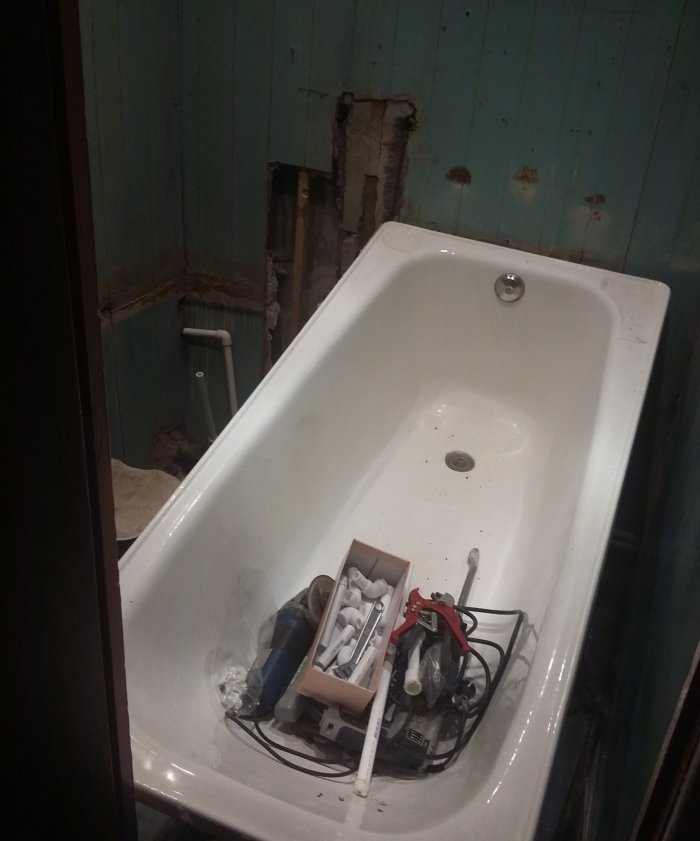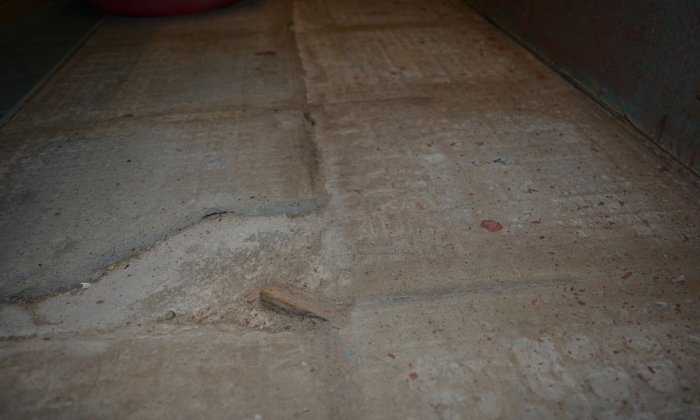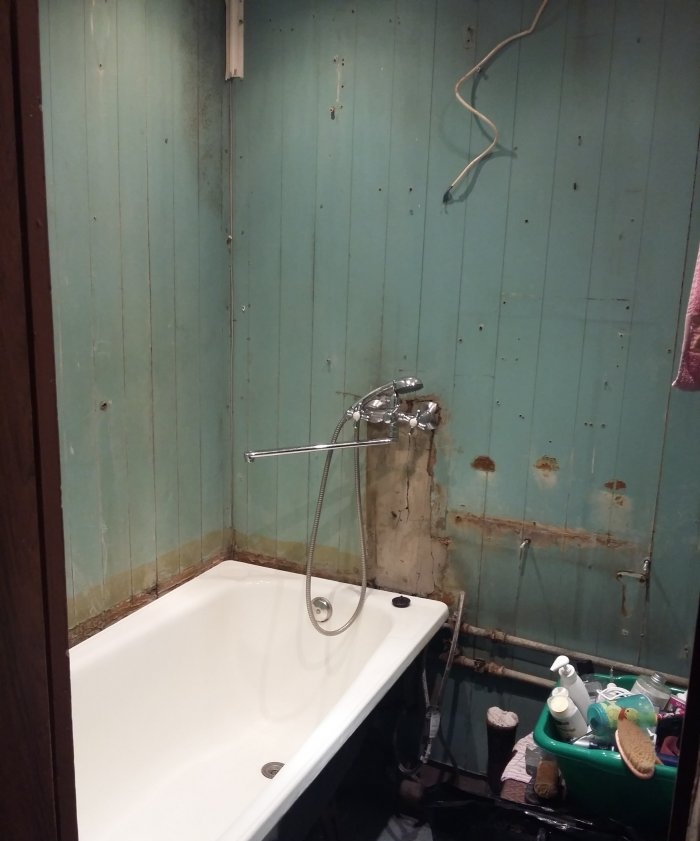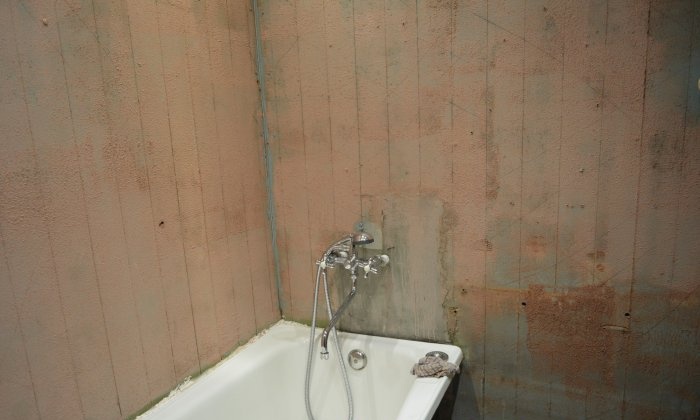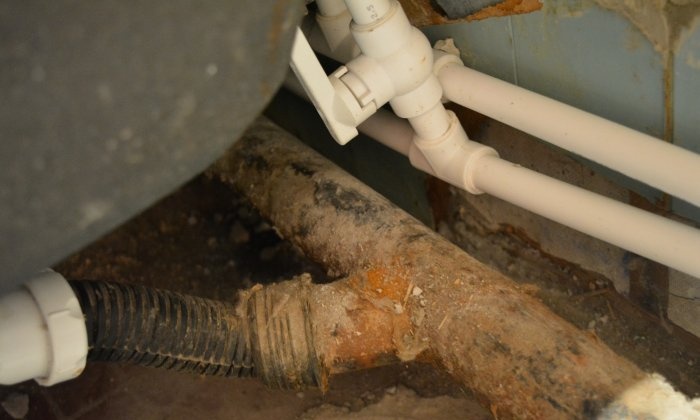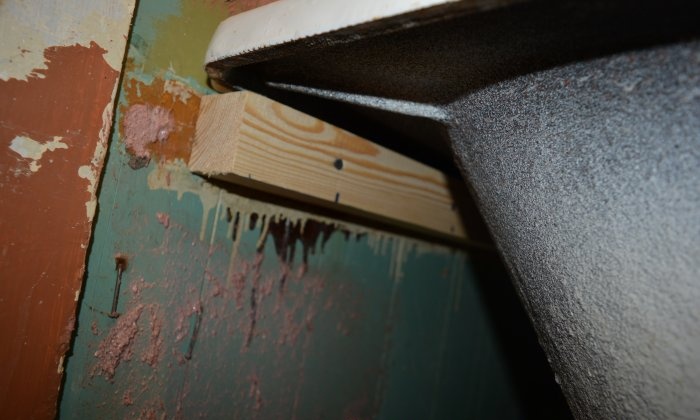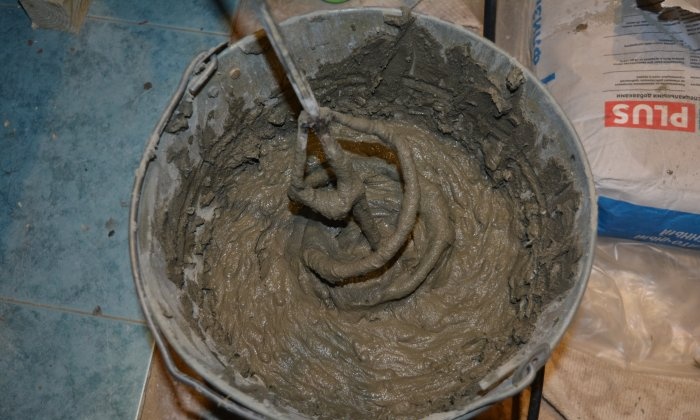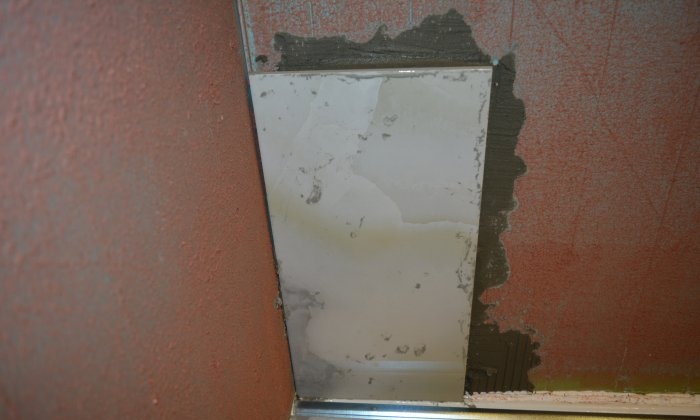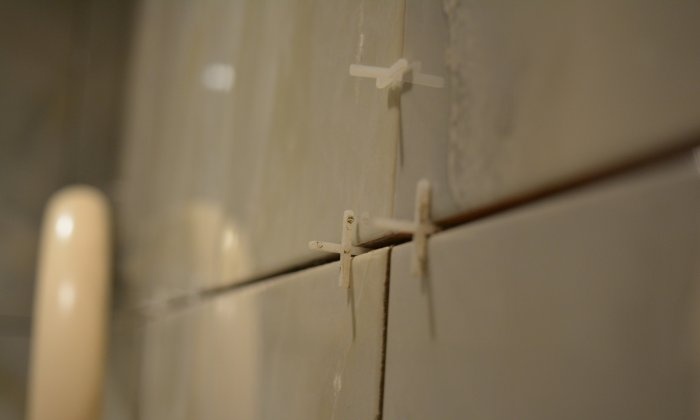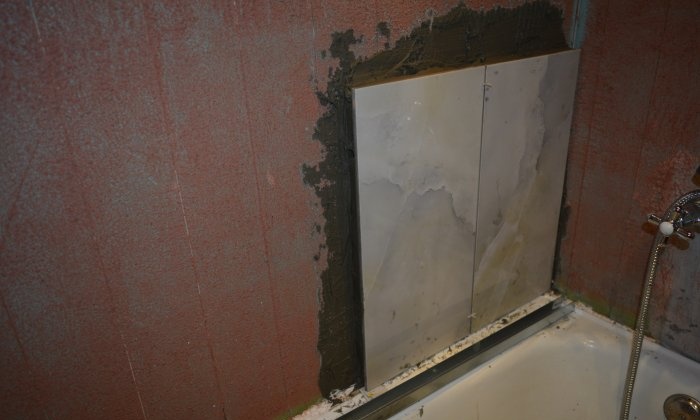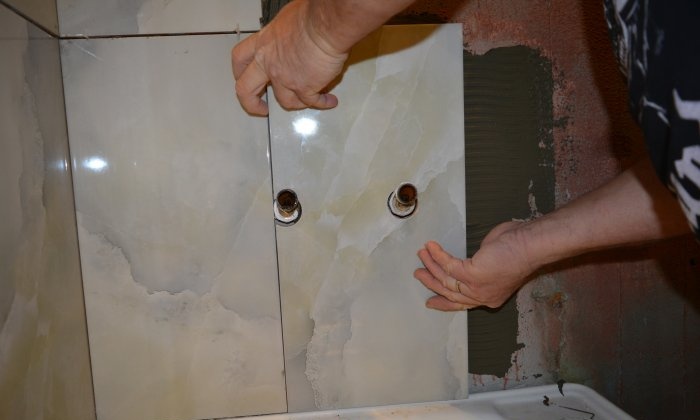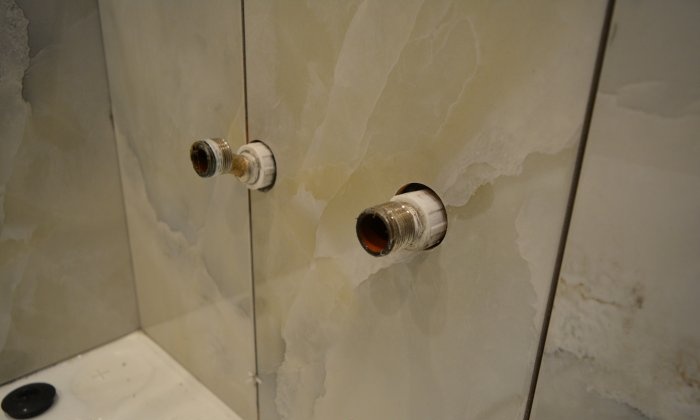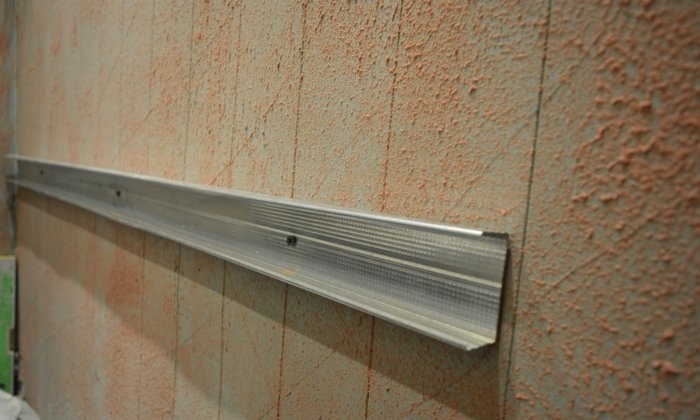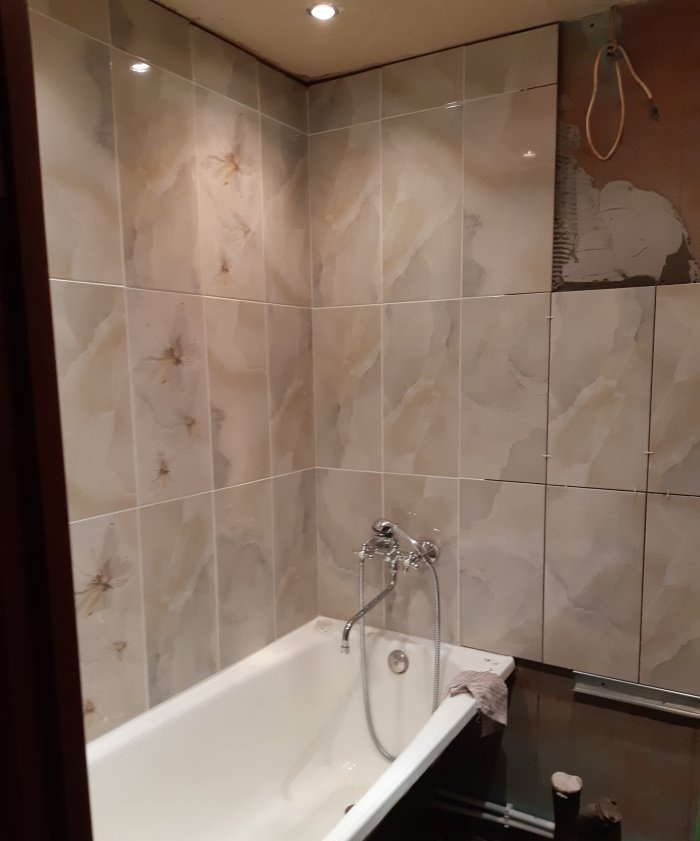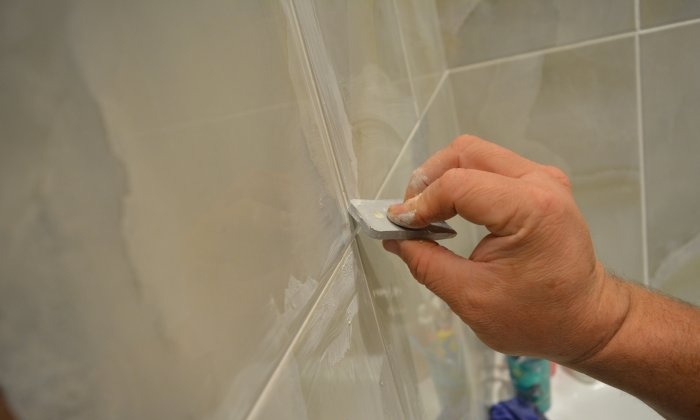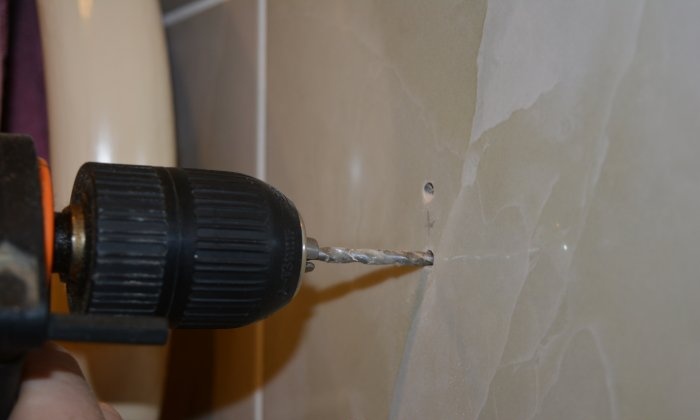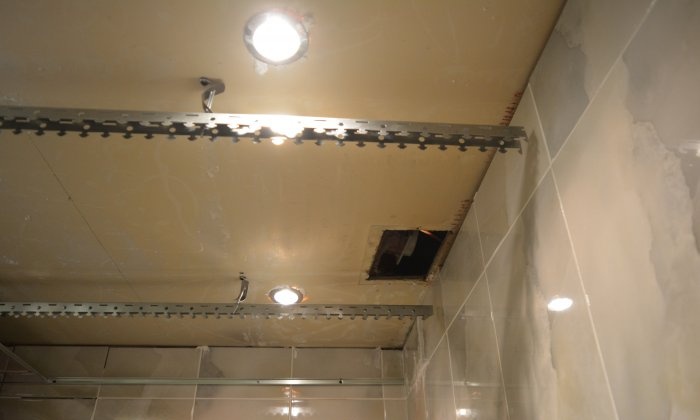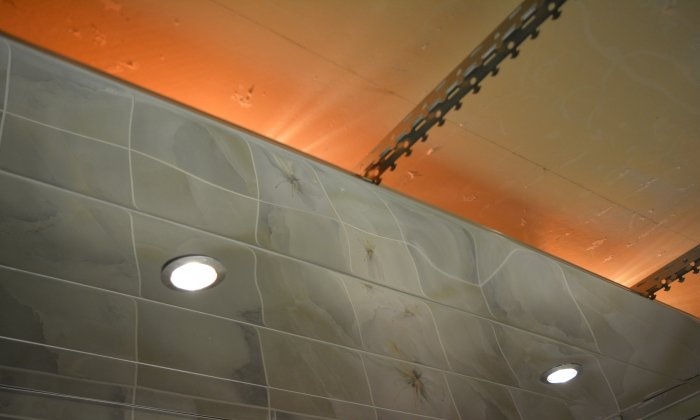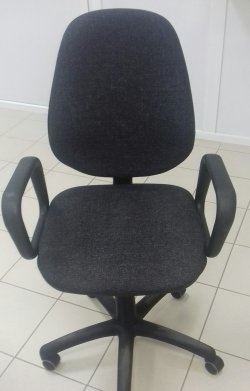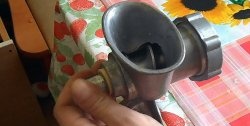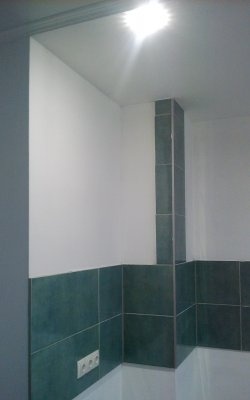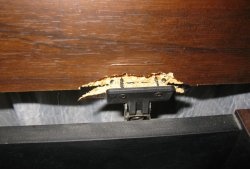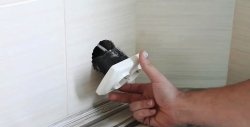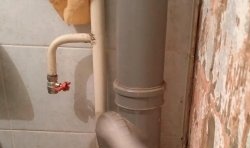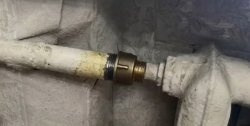When faced with the need to renovate a bathroom, the first question that arises is: who to trust to carry out such work. The following problem automatically appears: how to find a good master so that he can make your dream come true. During the search process, a third question arises: how much does it cost to renovate a small bathtub? And so on.
I propose a single solution to all these problems: do the repairs yourself. What are the benefits of this:- You don't have to be on duty next to the master.
- Savings of funds spent on the entire repair will be 50%.
- You receive moral satisfaction from work done with your own hands.
- The experience gained during renovation becomes an incentive for further transformations.
If these benefits are really significant, then after reading the master class you will learn: how to install a bathtub yourself without experience, replace old galvanized pipes with PVC, lay tiles, mount a slatted ceiling, and how much it will all cost. At the end of the article, we will conduct a cost analysis and calculate the percentage of real savings.
Preparatory work: dismantling old material
Since we are going to make repairs in a room that was previously used, at the first stage we need to dismantle the old finishing material. In our case, the walls of the bathroom were decorated with plastic panels, and there were tiles on the floor. PVC is very easy to remove, but removing old tiles will take a longer time, especially if your walls are covered with this material. Old tiles can be easily removed using a chisel and hammer. When carrying out such work, it is very important to remove all irregularities as much as possible.
The walls of our bathroom are made of fiberboard, in other words, of dense hardboard nailed to cross bars. From a reliability point of view, such a material is not very suitable for finishing with tiles, therefore, to increase adhesiveness (sticking), it is necessary to treat the fiberboard with concrete contact with abrasive chips. That's what we did.
The duration of such work takes one day.
Replacing galvanized pipes with PVC
To carry out such work, you will need a thermal welding machine (iron) and special scissors for cutting pipes. Also, before dismantling the old equipment, you need to draw up an accurate diagram of the new pipeline and indicate in it all the necessary connections and transitions.
The peculiarity of such a water supply system is that all fittings are firmly welded to the pipes, as a result the system becomes non-removable and hermetically reliable.
Work starts from the riser. Since welding equipment requires compliance with safety precautions, carefully read the instructions for the device. To connect the pipes, the device must be preheated to maximum temperature.Then simultaneously lean the pipe and fitting against the melting element for 15-20 seconds. After the time has passed, quickly insert the plastic elements into each other. Full clutch will also take 15-20 seconds. By sequentially welding parts according to the developed scheme, you will gradually create a durable pipeline that will last for many years. It takes 3 to 4 hours to dismantle the pipes and carry out welding work.
Installing the bathtub on a solid foundation
The stability of the bathtub is very important, since the first row of tiles will not rest on it. Therefore, for reliability, the bathtub must be fixed in one position. This applies to both cast iron and metal baths.
In order to do this, a wooden block is mounted to the wall at the level of the back side, as well as on the sides.
The bathtub is then placed on this frame. The height of the legs is adjusted with bolts, and the gap between the wall and the bathtub is filled with sealant. During installation, you must constantly check the level readings.
Laying tiles on fiberboard
As noted earlier, fiberboard is not the best base for tiles, so in this case you need to minimize the risk of peeling of the material. To ensure a strong connection, you should choose tile adhesive with increased ductility. Knauf Fliezen Plus for 244 rubles. for 25 kg it copes with this task perfectly. According to the instructions, with a layer thickness of 6 mm, the bag is enough for 6 m. In fact, due to the unevenness of the walls, the material consumption increased significantly, and as a result, four bags were required for the entire work.
The first tier of tiles is the most important, so it takes a lot of time to adjust its geometry.While working, you can focus on the edge of the bathtub, and also constantly check with a level that the tiles are correctly adhering in all planes.
In order to set the correct direction, you need to install the first and last (beacon) tiles in the first tier, and then align these two elements according to the general level. Subsequent tiles in the row will be installed taking into account these guides. At the end of the work, the beacon tile can be torn off and reinstalled, observing the gap between the tiles, which is established using mounting crosses.
A few words about how to apply tile adhesive to the surface. To evenly distribute the composition when laying tiles, a notched trowel is used. This tool saves glue and increases adhesiveness. If the walls are very uneven, the height of the notch may not be enough to maintain the correct geometry; in this case, the adhesive is applied not only to the wall, but also to the tile, but in the opposite direction.
When installing tiles near plumbing connections, you will need to make a hole in the tile.
I will say right away that for this operation you will have to purchase a special diamond crown of the required diameter. The cost of such a drill ranges from 270 to 1000 rubles. I bought the simplest crown from the Praktika company, and it did its job wonderfully.
For an inch pipe, a 40 mm diameter crown was ideal. It is worth noting that ceramic tiles can be cut perfectly using a grinder; only for such work you will need to purchase a ceramic disc with a smooth edge. Its cost ranges from 150 to 350 rubles. To make small holes, for example for electrical wiring, use a regular drill.
When carrying out work from the side of the bathtub, the tiles rest against the metal side, which prevents the material from slipping. The same support should be provided on other walls of the room being repaired. Therefore, before continuing the circular row, you need to screw the supporting profile to the remaining walls and only after that lay the upper rows on it.
The next day, when the glue has hardened well, you can dismantle the guide rail and finish working with the lower tiers. As you can see, it takes two days to lay tiles over an area of 10 m.
The final step will be grouting the joints. This is done with a special rubber spatula. Excess mixture is wiped off with a damp cloth. The junction of the tiles with the bathroom can be covered with a plastic edge or the seam can be left open.
Having dealt with the walls yourself, laying floor tiles will seem like a trivial matter. The base for porcelain tiles is applied according to the same principle using a notched trowel. The seams are rubbed down on the second day.
Installation of slatted ceiling
Slatted ceilings have appeared quite recently, so the technology for their assembly is not known to everyone. This finish applies to suspended structures. With its help, you can change the lighting system of the bathroom or hide the unevenness of the old ceiling.
The rack design kit includes:- U-shaped metal profile.
- Stringer comb designed for fixing slats.
- Adjustable suspension.
- Decorative panels.
Installation of the structure begins with marking for the U-shaped profile and installing an adjustable suspension. The profile is attached to the wall along the entire perimeter of the room, metal hangers are screwed into the ceiling. On an area of 2 m (1.5 * 1.3), it is enough to install four hangers (two for each comb).
After installing the fastening system, you can begin laying the slats. I would like to give advice: when purchasing decorative panels, ask the seller to shorten them to the required length on the spot. For example, in our case, with a bathroom length of 1.5 m, each panel can be cut exactly in half, since its initial length is three meters. This will make it much easier to transport the material home.
If you plan to install spotlights in the ceiling, then the holes for them need to be cut in advance. This can be done using a regular drill or a metal punch.
In order for the slats to easily fit into the U-shaped profile, make them 0.5 cm shorter. When installed, they must be securely fastened to the comb. It will take you no more than three hours to complete this work.
How much does it cost to renovate a small bath: cost calculation and savings percentage
Since we carry out bathroom renovations on our own, only the costs of finishing materials will be included in the calculation.
Initial data:- The size of the room being repaired is 1.5 * 1.3 m;
- The surface area of all walls is 10 m;
- Wall height 2.2 m;
- Ceiling area – 2 m.
- Facing tiles 10 m (price per meter 840 rub.) – 8400-00;
- Decorative element (3 pieces for 450 rub.) – 1350-00;
- Floor tiles 2 m (price per meter 1100 rub.) – 2200-00;
- Tile adhesive 4 bags of 25 kg (price per bag 244 rub.) – 976-00;
- Grout mixture 2 kg – 120-00;
- Bar for installing a bathroom – 120-00;
- Set of mirror slatted ceiling 6500-00;
- Spotlights 4 pcs. – 720-00;
- PVC pipes (for the entire set) – 344-00;
- Welding machine – 2500-00;
- PVC pipe shears – 260-00;
- Diamond crown for ceramics – 270-00;
- Cutting disc for grinder – 150-00.
Now let's summarize. Most specialists involved in repair work establish a direct relationship between the cost of the work performed and the price of the building material. For example, laying 1 m of tiles can cost from 80 to 100% of its price. And this is provided that the dismantling of old material is paid separately. The same can be observed when carrying out other finishing work. As a result, the cost of repairs doubles. In other words, when we do repairs ourselves, we save 50% of money. Whether it’s a lot or a little is up to you to decide.
By inviting a specialist, we pay for the skill and quality of the work performed. For some, the need to call a specialist is due to a lack of personal time, while others are simply not sure that they can cope with such work on their own. What if we look at the problem from the other side? Often people simply don’t want to try, citing lack of experience. From my point of view, guided by this master class, any able-bodied man is able to complete such a repair, and then rightfully be proud of the creation of his own hands.

